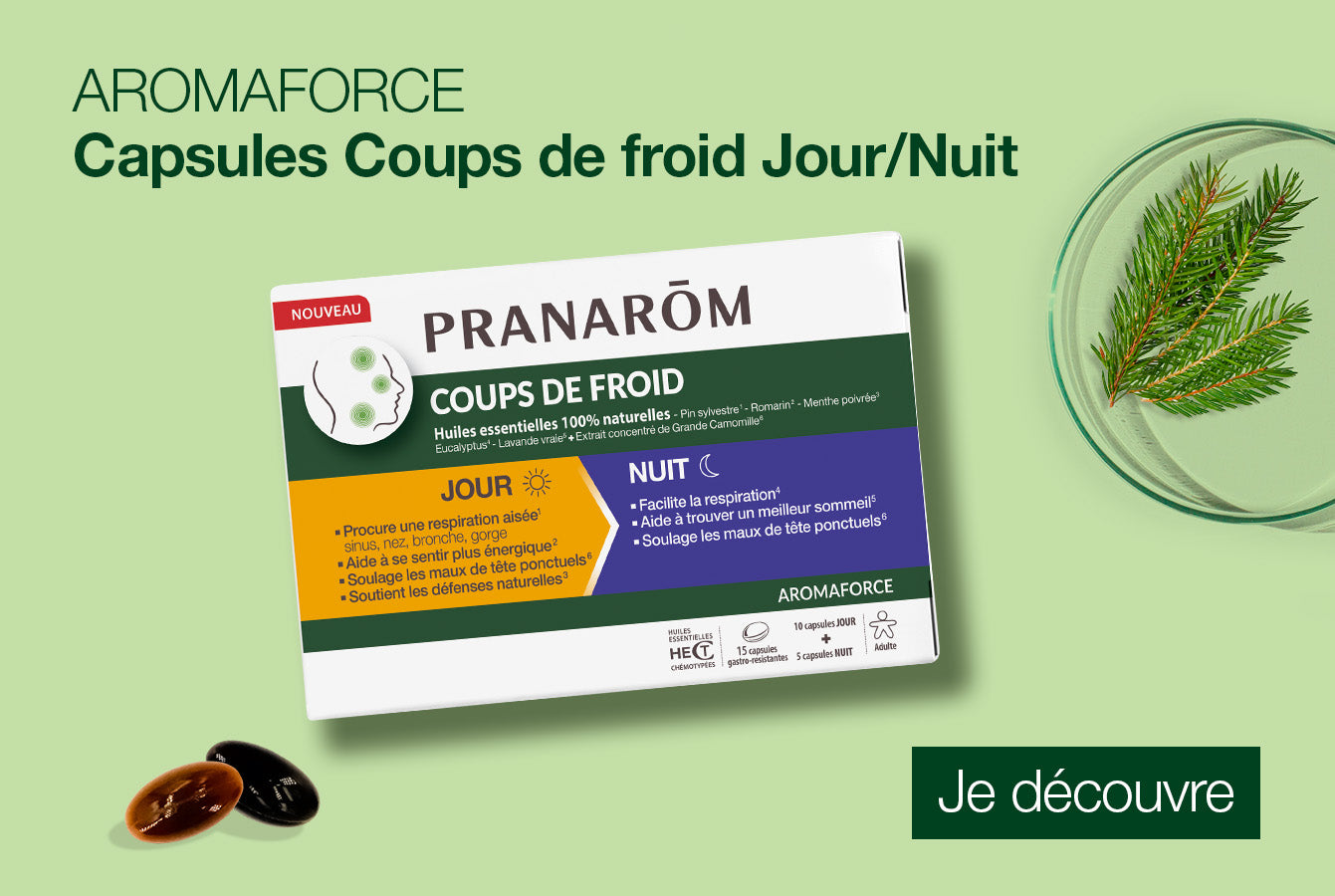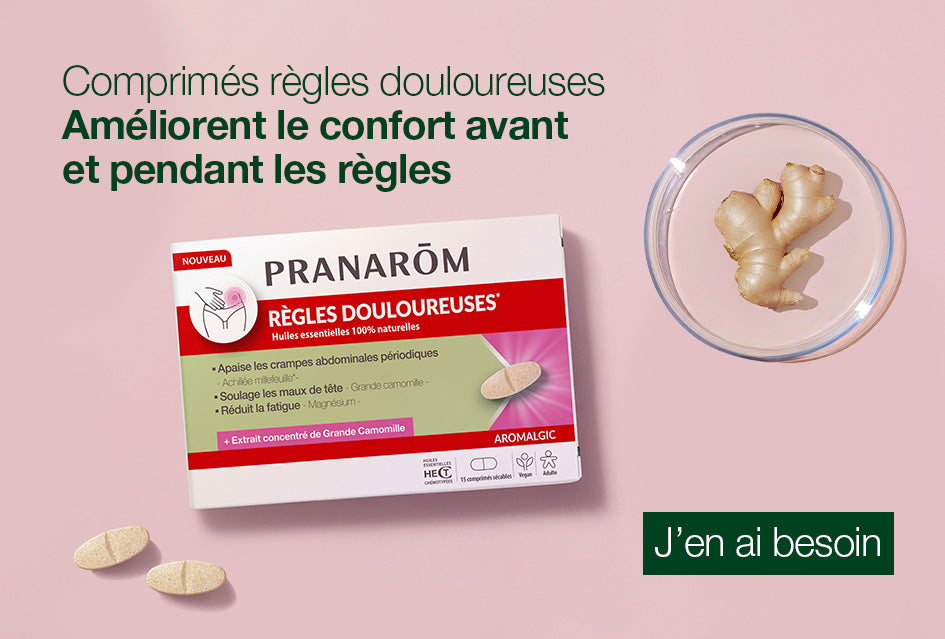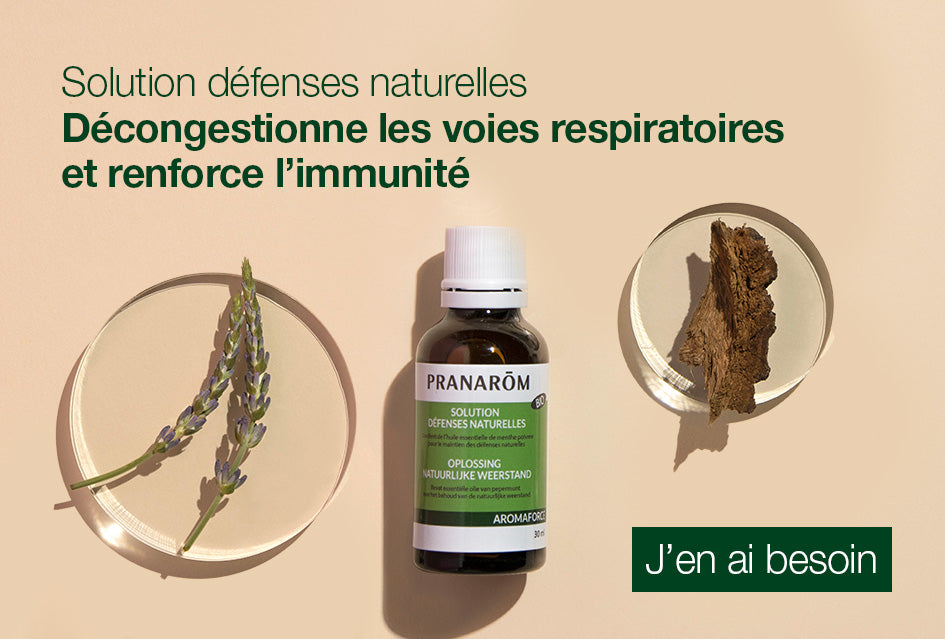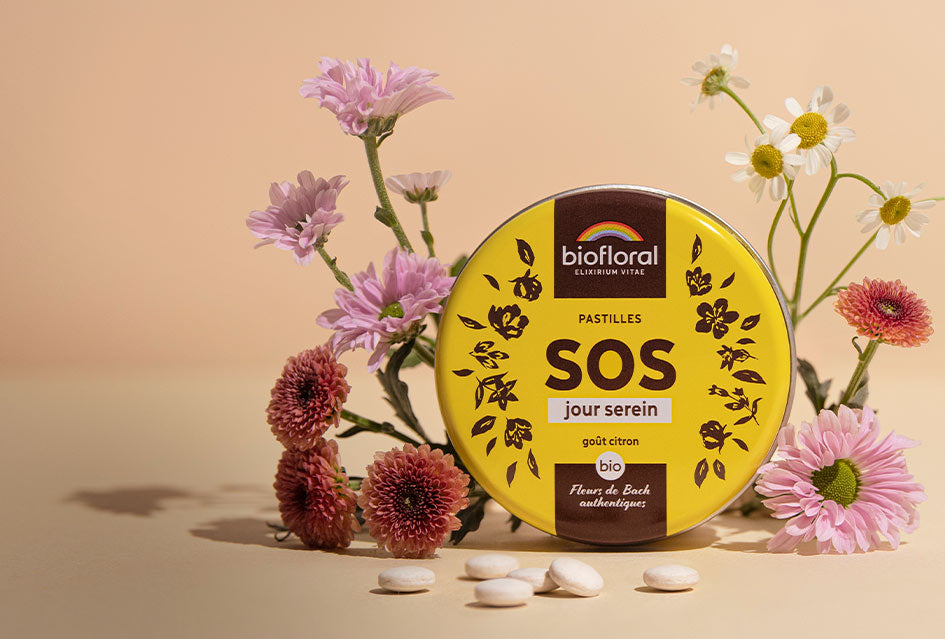Do you have an ultrasonic diffuser in your possession or would you like to obtain one soon? In this article, we answer all your questions regarding broadcasting.
What are the characteristics of ultrasonic diffusers?
Ultrasonic diffusion is based on the aerial suspension of a mass of water and essential oils when they resonate with a train of very high frequency ultrasonic waves (16 to 20 megahertz). Ultrasonic diffusion is a cold diffusion method, so as not to damage the original fragrance, but also the energetic value of the essential oils suspended in the air. The ultrasonic diffusion mode offers triple functionality to the consumer:
- The device generates a large flow of negatively charged oxygen atoms. This promotes the process of cutaneous respiration and increases the oxygen concentration in the blood;
- Regular use of our ultrasonic diffusers can suspend the equivalent of half a liter of water per day in the air, thus increasing the humidity in our living spaces, which are often 'dried out' by our heating or air conditioning systems. 'air ;
- In PRANARÔM ultrasonic diffusers, it is easily possible to control the olfactory power and diffusion ranges.
Are the waves produced by an ultrasonic diffuser dangerous for your health?
An ultrasound is actually a very high frequency sound wave (in this case, 16 to 20 megahertz), which is therefore inaudible. This is very similar to the ultrasound emitted by bats for orientation or spatial location purposes. So they are certainly waves, but they have nothing to do with electromagnetic waves emitted by cell phones or microwaves. Ultrasonic waves are therefore absolutely devoid of any danger to health.
My ultrasonic diffuser produces (practically) no fog!
Several elements can lead to little or no fog production:
- Use of distilled water; as a reminder, running water or spring water is the best water to fill your diffuser;
- Too much filling of the small tank;
- Too little filling of the small tank. The device stops due to lack of water or following the end of the broadcast program.
There is still water in my diffuser but it no longer works!
It's normal. Below a lower threshold , ultrasound cannot propagate correctly through the water volume. From then on, the device automatically controls the water level and stops the production of ultrasound as soon as the minimum level is reached. You simply have to reintroduce a little water, a few drops of essential oils, and the diffusion will resume without problem.
How do I clean my diffuser?
Consider your ultrasonic diffuser like a coffee percolator: try to carry out monthly maintenance . To do this, use white vinegar . Heat it slightly in a frying pan (40-50°C, a temperature at which you can still dip your finger without having to remove it straight away!). Then, place it in the water tank.
Do not turn on the device , but leave to macerate for around ten minutes; remove the vinegar and clean with a cotton swab. Do not insist on cleaning the membrane, which cleans itself by vibrating. Rinse with lukewarm water, and dry briefly, without going to the bottom of the tank.
If the bottom of the container is stained with essential oil stains, replace the vinegar with pharmaceutical alcohol and follow the same protocol.
How much Essential Oils can I use in my diffuser?
For a diffuser recommended for a space of 20 m² to 30 m²: from 5 (light fragrance) to 20 drops for a bowl filled with water.
For a diffuser recommended for a space of 40 to 100 m²: 10 to 50 drops per bowl filled with water.
Can I diffuse any Essential Oil with my ultrasonic diffuser?
No, of course! Ban phenolic Essential Oils (thyme, savory, cloves, etc.), as well as those containing aromatic aldehydes (cinnamon, cumin, etc.); Furthermore, essential oils rich in terpene ketones have practically no benefit in 'cold' atmospheric diffusion. That said, if in doubt, always ask your pharmacist or retailer.
The Pranarôm broadcasts
Don't want to make your synergies yourself? Discover our diffusibles , 12 unique creations formulated by a nose perfumer from Grasse. With 30 years of experience in perfumery, this creative artist has concentrated all his know-how in order to reinvent the olfactory universe of each synergy of Essential Oils.
Is it possible to pour a liquid other than water into the bowl of my ultrasonic diffuser?
Apart from water, only a hydrosol (or floral water) can be considered to be poured into the tank of an ultrasonic diffuser. On the other hand, there is no question of adding vegetable oil, alcohol, perfume , or even pure essential oils !
How much useful surface area can I cover with an ultrasonic diffuser?
We consider that a room of 30 m² on the floor can easily be saturated by the aromatic scents of an ultrasonic diffuser in less than 15 minutes . That said, the olfactory power can depend on two important factors: on the one hand the load of essential oils deposited on the water bed , and on the other hand the 'closed' or 'open' character of the room (sensitivity air currents, communications between premises, etc.).
How much negative ions are produced by ultrasonic diffusers?
The average quantity of negative ions produced by the ultrasonic system is several hundred thousand ions per cubic meter . This quantity puts you in conditions that are close to those you can benefit from when you are in the high mountains , or in the immediate environment of a waterfall or torrent.
Is your Pranarôm diffuser under warranty?
We remind you that your Pranarôm diffuser is under warranty for 1 year with proof of purchase. This guarantee does not cover breakage but technical problems . In the event of a technical problem, we invite you to contact your reseller. The latter will replace your diffuser or return it to Pranarôm for repair or replacement, within the framework of the one-year warranty.
Can the ultrasound produced by ultrasonic aroma diffusers bother our pets?
The human ear is capable of perceiving sounds up to a frequency of 20-25,000 hertz (or 20 to 25 kHz). Our 4-legged companions actually have hearing acuity superior to ours. They can perceive sounds whose frequency reaches 60 or 70 kHz. Based on this difference, devices are developed which produce a train of ultrasound in a range which oscillates between 20 and 50 kHz. This is how the sharpest human ears can still hear a slight whistling sound when blowing an ultrasonic whistle. On the other hand, our ultrasonic diffusion devices emit ultrasound at a frequency of up to 20 Megahertz. Or a frequency almost a thousand times higher than the detection threshold of our pets!
At such frequencies, there is really no danger that dogs or cats will be hearing impaired.












